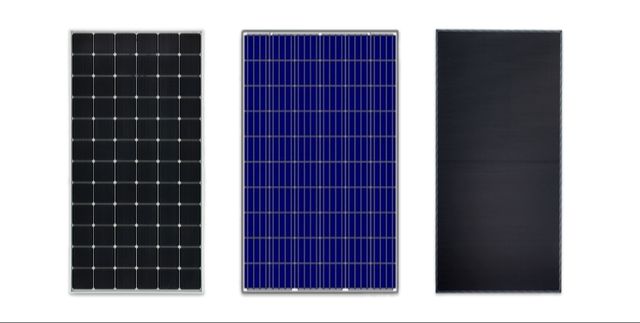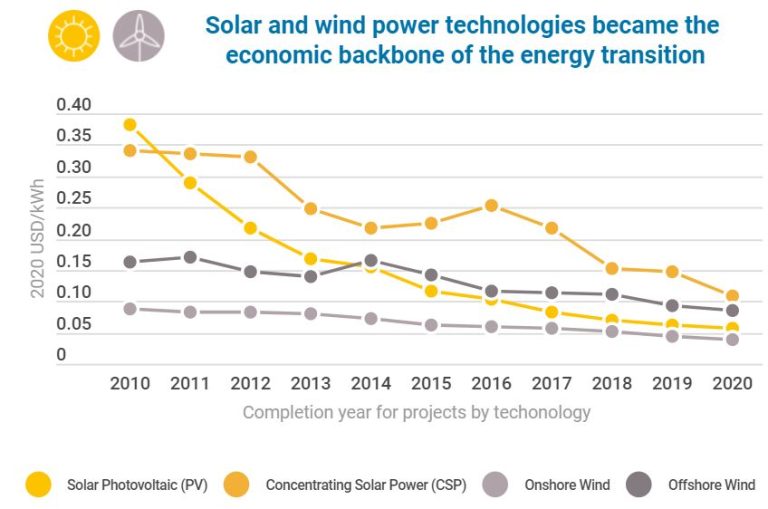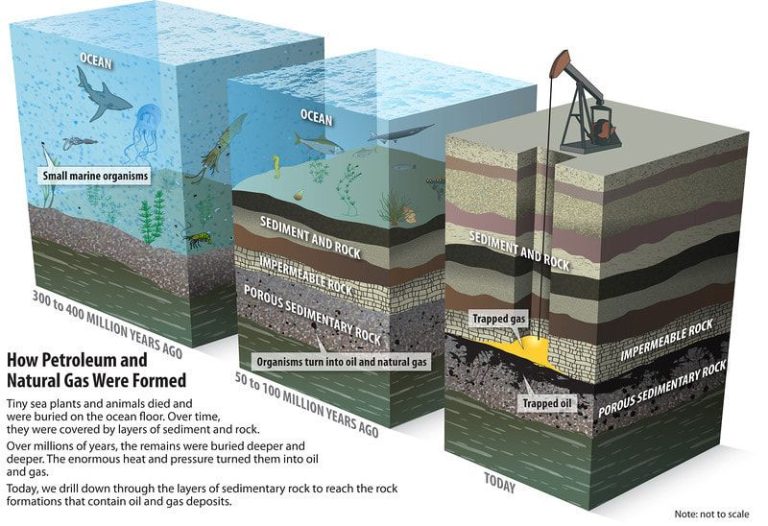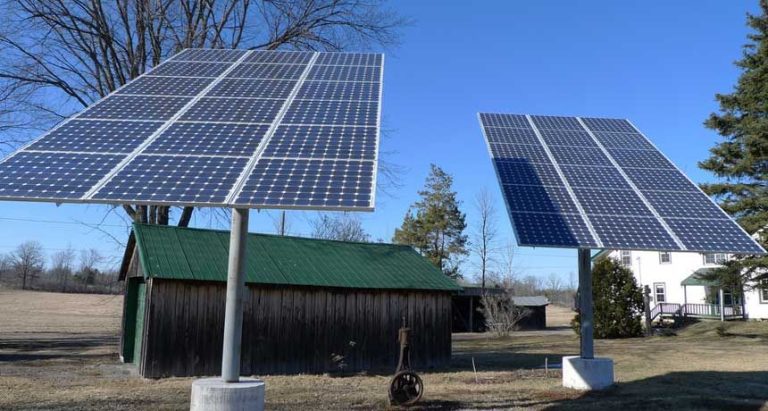What Is Solar Energy How Is It Utilised?
What is Solar Energy?
Solar energy, also known as radiant light or electromagnetic radiation from the Sun, is the source of nearly endless energy. Solar energy is produced from the thermonuclear fusion reactions in the Sun’s core, where immense heat and pressure cause nuclei of hydrogen to fuse into helium. The energy released in the nuclear fusion creates electromagnetic radiation in the form of heat and light. Only a tiny fraction of this energy emitted by the Sun is intercepted by the Earth and utilised for energy. The solar radiation striking the Earth is directly responsible for weather and climate and is a fundamental driver for life.
The history of harnessing solar power dates back centuries. In the 7th century B.C., magnifying glasses were used to concentrate the sun’s rays to make fire. By the 3rd century B.C., Greeks and Romans were orientating buildings to capture sunlight. In the early 19th century, British astronomer John Herschel used a solar thermal collector box to cook food during an expedition to Africa. Commercial solar water heaters gained popularity in the early 20th century in the United States. In 1954, Bell Labs accidently discovered the photovoltaic effect that produces electric current from light, leading to the creation of the first practical solar cell. Since then, innovations in materials science, manufacturing, and economic policies have enabled rapid growth in solar photovoltaic installations around the world.
Today, solar energy refers to the technology used to harness the Sun’s energy for practical use, such as generating electricity, providing light or a comfortable interior environment. The three main types of solar energy technologies are solar thermal, solar photovoltaics, and concentrated solar power. Solar energy is an essential renewable energy source with a multitude of uses worldwide.
Sources:
https://www.eia.gov/energyexplained/solar/history-of-solar-energy.php
https://www.energy.gov/eere/solar/history-solar
How Solar Energy is Collected
Solar energy is collected in two main ways – through solar photovoltaic (PV) panels that convert sunlight into electricity, and through solar thermal collectors that harness heat from the sun. Solar PV panels are the most common way to collect solar energy for electricity. They contain solar cells made of materials like silicon that absorb photons from sunlight and release electrons, creating an electric current. These solar cells are wired together in panels to generate usable levels of electricity.
The most common type of solar PV panels are crystalline silicon panels made up of many individual solar cells. Thin-film solar panels made from materials like cadmium telluride are also used. Solar PV system sizes range from small rooftop systems on homes to large solar farms covering acres of land. Focusing mirrors and lenses can concentrate sunlight onto smaller high-efficiency solar cells to maximize energy collection (https://www.energy.gov/eere/solar/how-does-solar-work).
Solar thermal collectors absorb heat from the sun to warm air or liquid which can then be used directly for heating or to generate electricity. Common types include flat plate collectors, evacuated tube collectors, and concentrating collectors. Solar thermal systems are used in a variety of applications from heating swimming pools to large-scale solar thermal power plants (https://www.nationalgrid.com/stories/energy-explained/how-does-solar-power-work).
Uses of Solar Energy
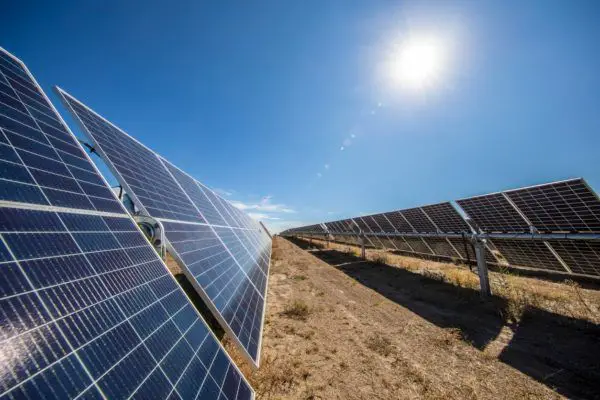
Solar energy has many practical applications in our daily lives. The most common uses of solar energy are for electricity generation, water heating, space heating/cooling, solar vehicles, and solar cooking.
Solar photovoltaic (PV) panels convert sunlight directly into electricity. Large solar farms with numerous PV panels generate utility-scale solar power connected to the electricity grid. Smaller rooftop solar PV systems provide distributed power for homes, businesses, and communities (Source).
Solar water heating systems use solar thermal collectors to harness heat from the sun to warm up water. This hot water can be used for residential needs like bathing, cleaning, and heating (Source). Solar heating and cooling systems use solar thermal energy to provide space heating in winters and cooling in summers.
Solar vehicles use photovoltaic cells to convert sunlight into electricity to power electric motors. Solar power is a clean energy source for cars, buses, planes and more. Solar cookers use mirrors and lenses to concentrate sunlight to heat, bake or steam food.
Benefits of Solar Energy
Solar energy has several important benefits that make it an attractive renewable energy source. First, solar energy is renewable, as the sun will never run out. Relying more on solar energy reduces dependence on fossil fuels like coal, oil and natural gas, which are finite resources (source). Second, solar energy production generates zero direct carbon emissions. By replacing fossil fuel energy sources, solar energy can help lower overall carbon emissions and combat climate change (source). Lastly, solar energy can provide significant cost savings compared to utility-provided electricity. Solar panels provide free electricity during the daytime, reducing or eliminating electricity bills (source).
Limitations of Solar Energy
While solar energy has many benefits, it also comes with some limitations. Some of the main drawbacks and challenges with solar power include:
Intermittent nature – The sun does not shine 24/7. Solar energy can only be harnessed during daylight hours when the sun is shining, though solar thermal systems can store some heat energy for continued use at night. The intermittent nature of solar poses challenges for meeting constant electricity demand (source).
High upfront costs – The cost of purchasing and installing solar panel systems is quite high. The upfront investment to install solar panels for homes is approximately $10,000 to $15,000 on average after tax credits and incentives. Going solar requires long-term planning and budgeting (source).
Large land area required – Solar power plants and farms require large plots of land area to capture sufficient sunlight. About 1 acre of land is needed for every 2-3 megawatts of solar power capacity. This can be a challenge in densely populated areas or regions where land is scarce or expensive.
Storage challenges – Since solar energy cannot be generated at night, effective energy storage technology is key for harnessing solar power. Current storage batteries are still limited in capacity and add high costs. Developing efficient large-scale solar energy storage solutions remains an obstacle.
Solar Energy Storage
Several methods are available for storing solar energy, the most common of which is batteries. The most widely used storage batteries with solar PV systems are lead-acid batteries, which are relatively inexpensive but have limited energy density. More advanced lithium-ion batteries are also being utilized more for solar storage given their higher efficiency and longer lifetimes compared to lead-acid.
Another approach is thermal energy storage, which involves heating or cooling a storage medium so that the stored energy can be utilized at a later time for heating and cooling needs. This helps address the intermittent availability of solar energy. Thermal storage systems coupled with solar thermal power plants often utilize molten salts or pressurized fluids as the storage medium.
On a larger scale, excess solar energy can be stored via pumped hydro storage, where water is pumped uphill to an upper reservoir when solar output exceeds demand. Then when energy is needed, the water is released to flow down through turbines to generate hydroelectric power. Compressed air energy storage is another grid-scale option, where excess electricity is used to compress air, which is then released to drive a turbine when electricity is needed.
Solar Energy Economics
The cost of solar power has decreased dramatically in the past decade, making it increasingly competitive with conventional power sources like coal, natural gas and nuclear. The levelized cost of energy (LCOE) for utility-scale solar photovoltaics decreased by 88% between 2009 and 2019, according to Lazard estimates.
In many parts of the world, solar is now the lowest-cost source of electricity generation. The U.S. Energy Information Administration predicts renewable energy sources like solar and wind will have lower LCOEs than natural gas power plants by 2023.
Government incentives have helped accelerate the adoption of solar power. Tax credits, rebates, net metering policies and renewable portfolio standards provide financial benefits to homeowners and businesses that install solar panels. Many governments also subsidize solar power as part of economic stimulus and job creation programs.
While solar panel costs have dropped substantially, “soft costs” like installation labor and permitting/grid connections remain relatively high in some markets like the U.S. Reducing soft costs through streamlined regulations and training programs can help further improve solar economics.
The future looks bright for solar to maintain its cost competitiveness, as panel efficiency continues improving and installation experience reduces soft costs. With appropriate policy support, solar energy can be a major player in the global shift to clean, affordable renewable electricity generation.
Major Solar Power Countries
China leads the world in total installed solar power capacity, with over 430 GW as of 2023 (1). This represents over a third of the global solar capacity. The rapid growth of solar in China has been driven by favorable government policies and declining costs. China aims to have 1,200 GW of solar capacity by 2030 as part of its efforts to reduce fossil fuel reliance and carbon emissions.
The United States is second globally with over 140 GW of solar capacity. Favorable tax incentives and state policies have spurred the growth of solar energy, especially in sunny states like California and Texas (2). The U.S. market will continue expanding as costs fall and utilities scale up their investments in solar.
Japan has over 90 GW of total installed capacity and is third globally. Japan has incentivized rooftop solar installations through attractive feed-in tariffs. However, Japan faces challenges of limited land availability and grid constraints for large solar farms (2).
Germany has over 60 GW of solar capacity, making it the global leader in per capita solar wattage. Germany’s strong policies supporting renewable energy growth have enabled it to generate over 10% of its electricity from solar. However, the reduction of subsidies has slowed solar expansion in recent years (3).
Among emerging markets, India has made impressive strides with over 60 GW of installed solar capacity as of 2023 (1). Supportive government targets and policies are driving rapid growth in India’s solar sector. India aims to have 280 GW of solar online by 2030 as part of its Paris Agreement climate pledge.
(1) https://en.wikipedia.org/wiki/Solar_power_by_country
(2) https://ornatesolar.com/blog/the-top-5-solar-countries-in-the-world
(3) https://worldpopulationreview.com/country-rankings/solar-power-by-country
Solar Energy and the Environment
Solar energy provides a number of environmental benefits compared to fossil fuel-based energy sources. According to the U.S. Department of Energy, solar power generation does not produce any air pollution or greenhouse gases while operating. The environmental impacts associated with solar are therefore quite minimal during the electricity production phase.
Solar energy systems can also have positive impacts on local wildlife and habitats. Proper placement of solar farms allows vegetation to grow underneath panels, providing shade and protection for animal species. The land can potentially act as an artificial habitat for plants and animals. However, utility-scale solar facilities do take up significant land area, so land use management is an important consideration. Overall, solar power aids efforts to reduce air pollution and mitigate climate change through the generation of clean renewable electricity.
Future of Solar Energy
The future for solar energy looks extremely promising, with efficiency improvements and cost declines expected to drive massive growth. According to projections by the U.S. Solar Energy Industries Association (SEIA), the U.S. solar market is forecast to increase by over 20% annually through 2025. SEIA projects that by 2030, solar will provide 20% of total U.S. electricity generation.
On a global scale, the International Energy Agency (IEA) forecasts that solar PV additions will nearly double between 2022 and 2027, setting new records each year. By 2027, annual solar PV installations globally are projected to reach over 250 GW. The IEA emphasizes the critical role of solar in reaching net zero emissions, estimating solar PV will need to supply over 25% of global electricity by 2050.
Driving this growth is the continuous improvement in solar panel efficiency and cost reductions. According to Deloitte, the average installation cost of utility-scale solar has dropped nearly 70% over the last decade, making it increasingly competitive with fossil fuels. With further innovations in solar cell technology as well as energy storage, solar power will play an integral role in the global renewable energy transition.

